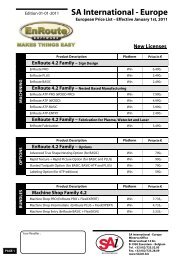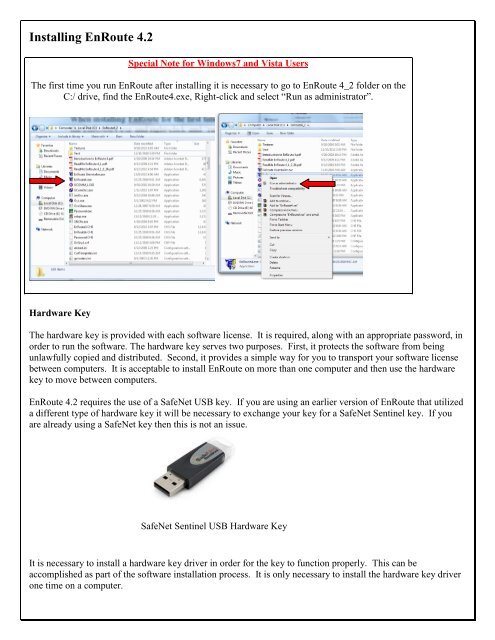

Osgi.implementation - Used as a capability to indicate when a bundle implements a feature that is designed to be used indirectly. This namespace is part of the OSGi compendium and is usually added automatically by tools. rvice - A Requirements / Capabilities representation of the OSGi services used and provided by an OSGi bundle. Import-Package, DynamicImport-Package, and Export-Package. A Requirements / Capabilities representation of the information in the Bundle manifest: i.e. ntent - Via which repositories can advertise different formats each of those format capabilities being identified with a unique SHA-256 checksum and a URL. An OSGi Framework must provide a capability in the osgi.native namespace that represents the native environment in which the Framework is executing. Osgi.native - Used to describe the native environment in which the Framework is executing.


The osgi.ee capability defines the provided versions as a comma separated list. For example, if the Java VM provides Java SE 6, then it is backward compatible with 1.2, 1.3, 1.4, 1.5, and 1.6. Osgi.ee - An OSGi Framework must register capabilities for all the execution environments the Java VM is known to be backward compatible with. for a Certificate the type could be x509 and the name could then its SHA-1 fingerprint. Osgi.identity - Used to identify a resource type and provide a unique name: e.g. The Requirements / Capabilities Namespaces currently defined are: Once this list of resources is known the associated artifacts can be installed. Resolving is then the process of constructing a complete, closed set of Resources from a list of initial Requirements, a description of the Environment’s Capabilities, and one or more repositories with available Resources. A Requirement can be mandatory or optional. A Requirement consists of a type and an OSGi filter expressed as an LDAP expression. Requirement - Specifies a Capability needed in an Environment. Properties are key value pairs, where the keys are strings and values can be scalars or collections of String, Integer, Double, and Long. A Capability has a type (specifying namespace) and a set of key/value properties. Namespace - Capabilities and Requirements are defined in appropriate namespaces every Requirement belongs to a namespace and can only require Capabilities in the same namespace.Ĭapability - Describes a feature or function of the Resource when installed in the Environment. Resource - A formal description of the Artifact specifying what that Artifact can contribute to the host Environment (its Capabilities) and what it needs from the Environment to function (its Requirements). a physical host, a container, or an OSGi framework.
Enroute 4 key usb software#
This model consists of a small number of primitive concepts:Īrtifact (a.k.a Thing) - For OSGi, the primary Artifact is the OSGi Bundle (a JAR file) but other examples of Artifacts include software Certificates, or physical components such as a secure USB key store.Įnvironment - The runtime Environment within which an Artifact may be installed: i.e. Realizing this the OSGi Alliance has evolved, through extensive experience, a generic Requirements-Capabilities dependency management model. Modularity and DependenciesĪs soon as you create Modules, you create a dependency management problem.

The OSGi Framework uses the Resolver to wire together a given set of bundles at runtime, however what most people don’t know is that the resolver can also be used to select the set of required bundles that should be installed into your runtime.


 0 kommentar(er)
0 kommentar(er)
